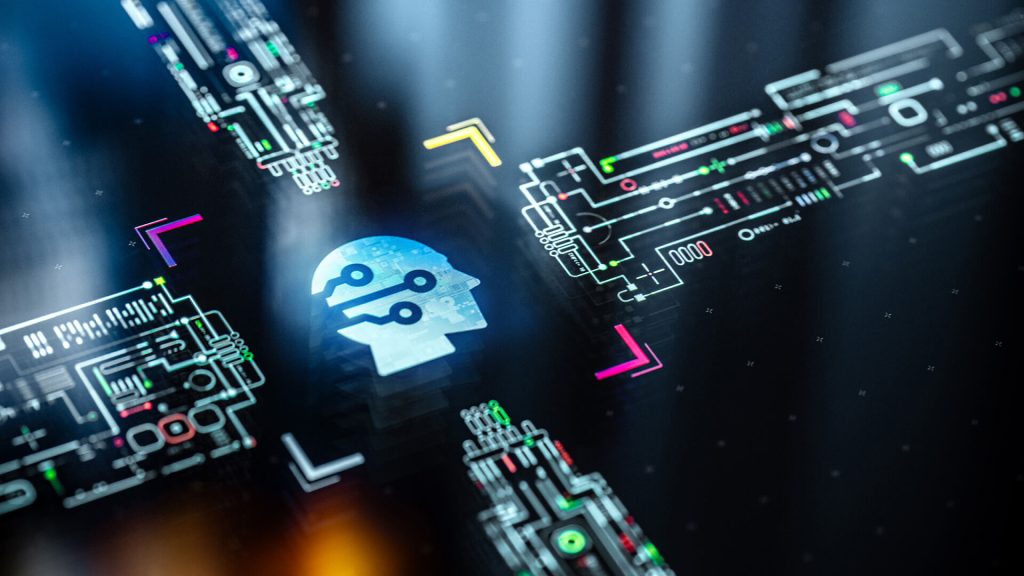Over the past decade, few technological developments have generated as much excitement—and uncertainty—as artificial intelligence (AI). Once the domain of science fiction, AI is now at the heart of real-world business transformation, influencing everything from customer service and logistics to marketing, finance, and product development.
In 2024, AI crossed a tipping point. With breakthroughs in generative AI, natural language processing, and automation, businesses across the globe have begun rapidly integrating AI into their operations. While the benefits are clear—greater efficiency, reduced costs, and new market opportunities—the AI boom also raises serious concerns about job displacement, ethical risks, and regulation.
This article explores how AI is reshaping global business, who the major players are, the challenges it brings, and what the future might look like in an AI-powered economy.
1. The Business Case for AI: Why Companies Are Investing Now
The AI revolution didn’t happen overnight. Years of gradual improvements in data processing, cloud computing, and machine learning models laid the foundation. But the real explosion came with the rise of generative AI, especially tools like ChatGPT, Midjourney, Claude, and GitHub Copilot.
Key Drivers of AI Adoption:
-
Cost Efficiency: AI can handle repetitive, time-consuming tasks, allowing companies to reduce labor costs.
-
Speed & Scalability: AI tools can analyze massive datasets instantly, scale operations quickly, and automate decision-making.
-
Customer Expectations: Consumers now demand personalized, real-time interactions—something AI enables through chatbots, recommendation engines, and sentiment analysis.
-
Competitive Pressure: Companies are adopting AI to stay ahead or risk falling behind rivals that already use it.
According to McKinsey’s 2024 Global AI Report, 60% of large enterprises have adopted AI in at least one business unit, and 35% are using generative AI tools for content creation, coding, or customer support.
2. Industries Being Transformed by AI
AI is not limited to tech giants or startups—its reach now extends across nearly every industry.
Finance:
Banks and fintech firms use AI for fraud detection, algorithmic trading, and customer service. AI helps analyze credit risks, detect unusual transactions, and even offer robo-advisory investment services.
Healthcare:
AI is used to analyze medical scans, develop drugs faster, and assist in diagnoses. Tools like IBM Watson Health are aiding doctors in making more informed clinical decisions.
Retail & E-commerce:
Retailers use AI for inventory management, dynamic pricing, and personalized shopping experiences. Amazon, for example, uses machine learning to optimize everything from recommendations to warehouse operations.
Manufacturing:
AI-powered robots, predictive maintenance systems, and quality control software are making manufacturing more efficient, reducing downtime and waste.
Media & Marketing:
Generative AI tools are being used to create copy, video scripts, images, and even music. Marketing teams rely on AI to optimize campaigns, target audiences more accurately, and generate reports automatically.
3. Startups and Big Tech: Who’s Leading the AI Charge?

While startups are rapidly innovating, the AI race is still largely dominated by Big Tech.
Key Players:
-
OpenAI: Creator of ChatGPT, leading the way in natural language processing and generative models.
-
Google DeepMind: Pioneering deep learning and responsible for breakthroughs like AlphaFold (protein structure prediction).
-
Microsoft: A major investor in OpenAI, integrating AI into tools like Microsoft Copilot, Bing, and Azure.
-
Amazon: Leveraging AI in Alexa, logistics, and AWS services.
-
NVIDIA: Providing the hardware (GPUs) that power most modern AI models.
-
Anthropic, Cohere, Mistral: Rising AI startups gaining traction with enterprise-focused large language models.
The AI boom has led to billions in venture capital pouring into AI-focused companies, sparking comparisons to the dot-com bubble—though many argue this time, the underlying tech has more staying power.
4. Risks and Challenges in the Age of AI
Despite the benefits, the rapid adoption of AI has raised serious ethical, economic, and regulatory concerns.
Job Displacement:
One of the biggest fears is that automation will lead to massive job losses. AI can already handle roles in customer service, content creation, data entry, and even legal research. According to Goldman Sachs, up to 300 million jobs globally could be exposed to automation in the next decade.
Bias and Ethics:
AI systems trained on biased data can perpetuate inequality and discrimination. There have been documented cases of AI algorithms producing racially biased hiring recommendations or flawed facial recognition.
Misinformation:
Generative AI can easily create fake news, deepfakes, and realistic-sounding lies. In an era of polarized politics, this raises alarms about AI being used to manipulate public opinion or elections.
Intellectual Property:
AI-generated content raises legal questions: Who owns it? If AI copies an artist’s style or mimics a copyrighted song, is it original or infringing?
5. Governments and Regulators Step In
As AI’s influence grows, so too does the call for regulation. Governments worldwide are racing to create frameworks that ensure safety without stifling innovation.
Recent Developments:
-
European Union AI Act (2024): Aims to classify AI systems by risk level and impose strict requirements on high-risk applications (like healthcare or law enforcement).
-
U.S. Executive Order (2023): Focuses on AI safety, transparency, and responsible development, especially in areas like national security and employment.
-
China’s AI Guidelines: Promote national AI development while enforcing tight controls over politically sensitive content.
Balancing innovation and oversight will be key. Too little regulation may lead to abuse and societal harm, while too much could stifle the AI economy.
6. How Businesses Can Prepare for an AI-Driven Future
Companies looking to thrive in the AI era must be proactive, strategic, and responsible.
Recommendations for Business Leaders:
-
Invest in Upskilling: Prepare your workforce for the future by offering training in AI literacy, data analysis, and human-AI collaboration.
-
Start Small, Scale Smart: Pilot AI tools in specific departments (like customer support or finance) before expanding organization-wide.
-
Focus on Ethics: Build transparency, bias mitigation, and human oversight into all AI implementations.
-
Partner with Experts: Collaborate with AI consultants, vendors, or academic institutions to ensure best practices.
The most successful companies won’t be the ones with the flashiest tools—they’ll be the ones that integrate AI thoughtfully, with people at the center.

Conclusion: A Defining Moment in Business History
The global AI boom marks a fundamental shift in how businesses operate, compete, and create value. Just as electricity and the internet redefined economies in previous centuries, artificial intelligence is now doing the same for the 21st century.
While AI offers immense opportunity, it comes with equally significant responsibility. Business leaders, policymakers, and workers must work together to shape a future where technology enhances—not replaces—human potential.
Whether your company is a multinational enterprise or a small startup, one thing is clear: the AI-powered future is not coming—it’s already here.






